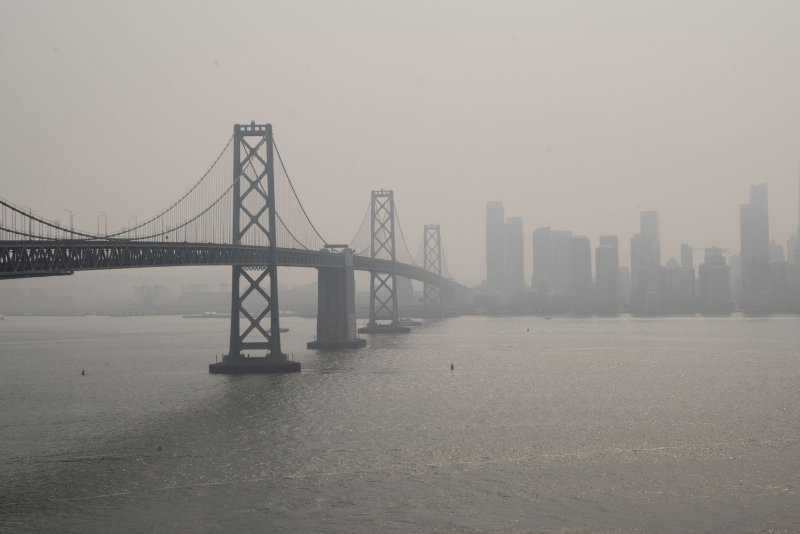Alberta premier's office appoints HR expert as minister speaks about drinking allegations

Alberta Premier Jason Kenney's office has selected Edmonton's integrity commissioner to conduct a review of its HR policies for staff after serious allegations of misconduct in the Alberta legislature building.
A lawsuit filed by a former chief of staff in Kenney's government alleges sexual harassment and excessive drinking in the legislature building last fall, and says complaints about the behaviour were not appropriately addressed despite being raised to multiple senior staff in the premier's office.
Ariella Kimmel, the plaintiff, also alleges she was fired in February as retaliation for persistently raising these issues.
Kenney's office promised an independent review of its HR policies for political staff after CBC News first reported the allegations last week. Kenney himself is not named in the lawsuit. None of the allegations have been proven in court.
On Tuesday, an email from Kenney's office to staff in the legislature announced that Jamie Pytel has been retained to perform the review. The email was obtained by CBC News.
Pytel is currently serving as the City of Edmonton's integrity commissioner and is a co-founder of Kingsgate Legal, specializing in workplace culture, harassment, ethics, whistleblower policy and HR management.
"Ms. Pytel's review will begin immediately and will be fully independent. Should new policies be adopted as a result of Ms. Pytel's review, those would be made public," a statement from the premier's office said.
They did not say when Pytel's findings are expected to be delivered. CBC News has also reached out to Pytel for comment.
"This suggests that they are certainly taking action that is appropriate and proportionate," said Lisa Young, a professor at the University of Calgary's school of public policy.
"Of course, taking action and getting advice is one thing. Acting on it is another thing, so it remains to be seen what kinds of recommendations are going to be put in place and what kind of action is going to be taken."
Dreeshen speaks about drinking claims
In addition to the sexual harassment allegations, the lawsuit included allegations of excessive drinking by ministers and staff in legislature offices.
Kimmel singled out Agriculture and Forestry Minister Devin Dreeshen for allegedly being heavily intoxicated in October 2020 and yelling so aggressively at her that a bystander intervened. The two had previously been romantically involved.
Dreeshen addressed those allegations for the first time Monday.

"It's been long, hard days in the legislature and I think that's something that everybody's had to deal with," he said, adding he does not have an alcohol problem.
"There's a social aspect to politics where I think people do sit down and talk about politics over a drink. I think that's something that's happened for a long time, obviously I didn't invent it."
Young says it's unlikely the premier will address any of the allegations in a fulsome way because the lawsuit against his office is before the courts.
"I do think that if further public allegations come out, then it's going to put the government in an increasingly difficult spot," she said.































